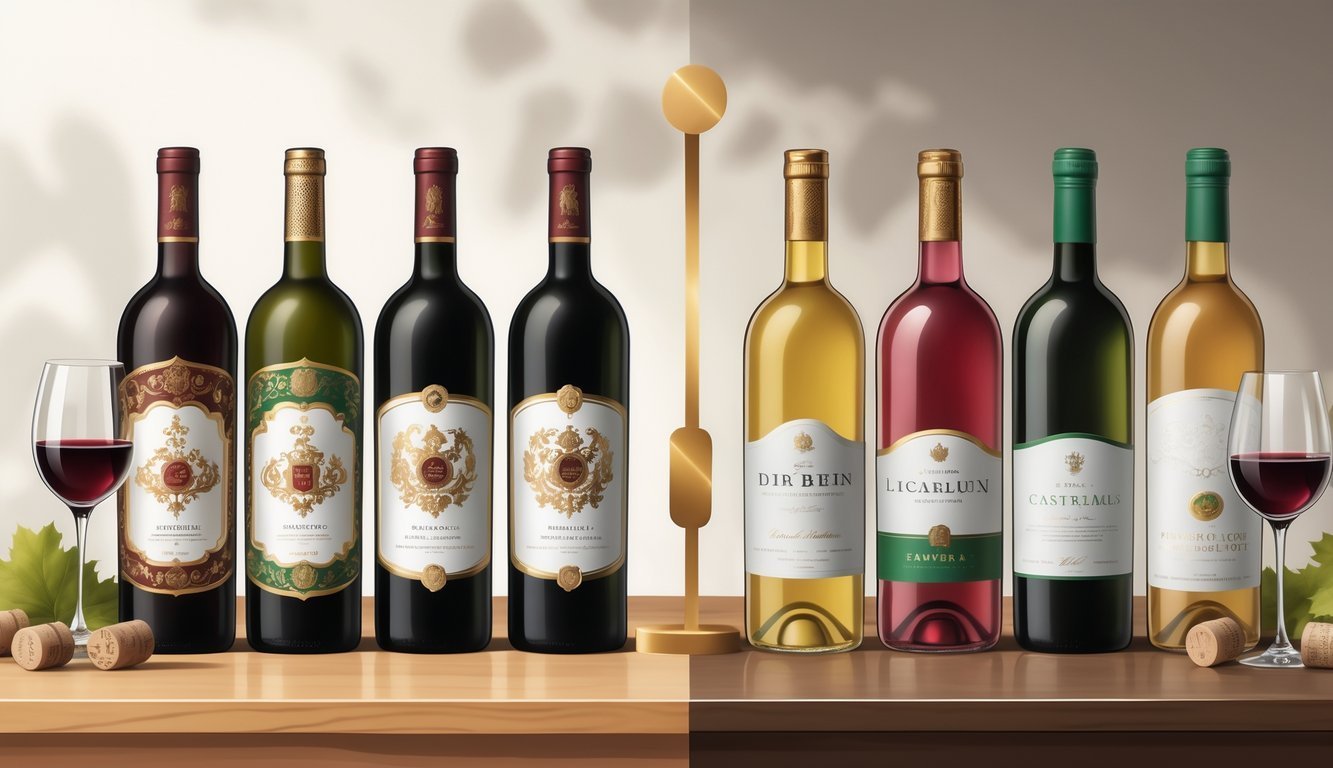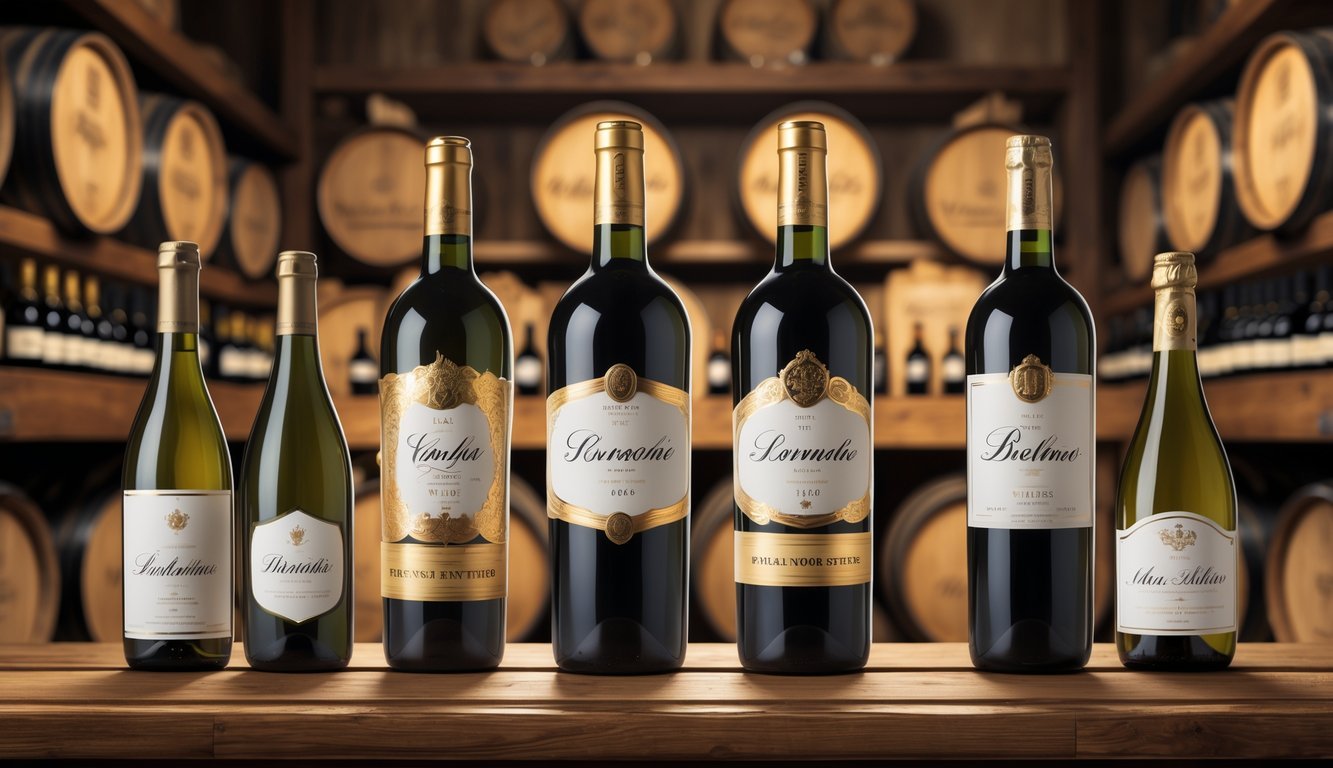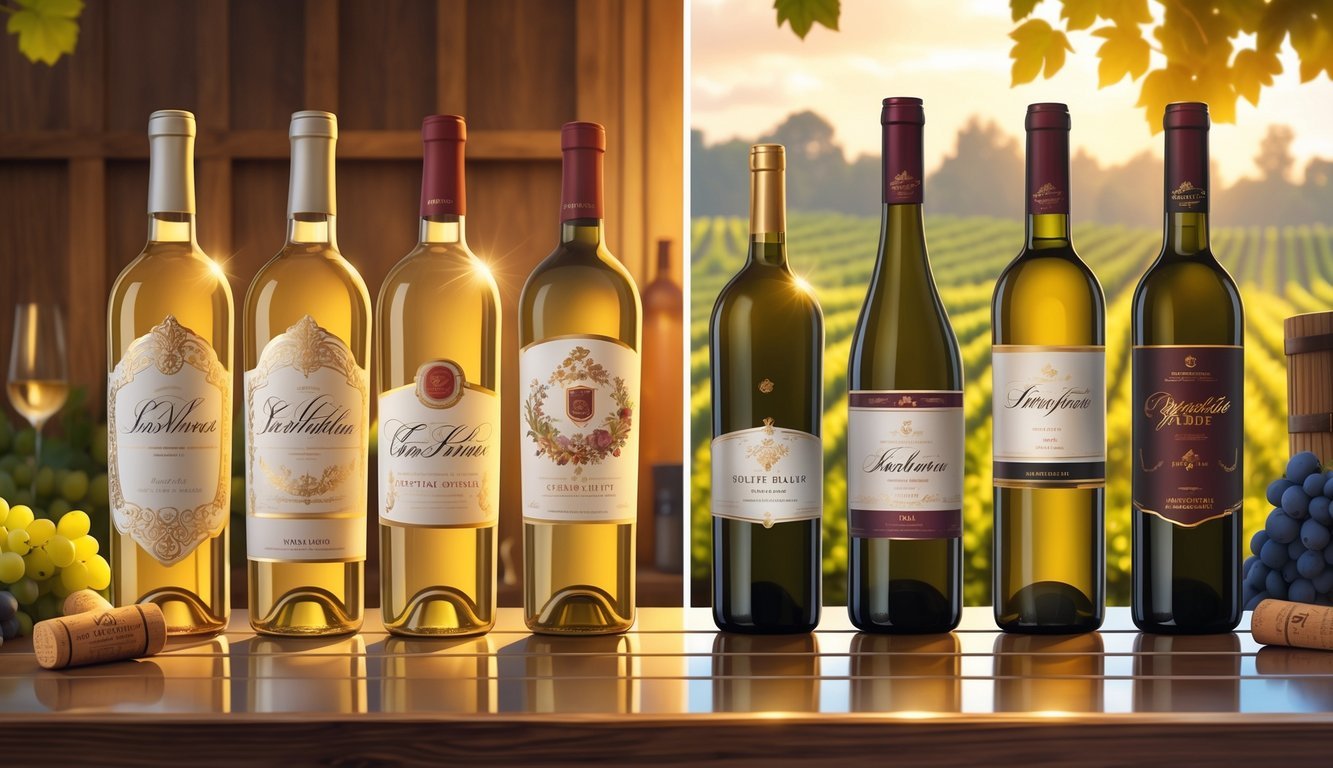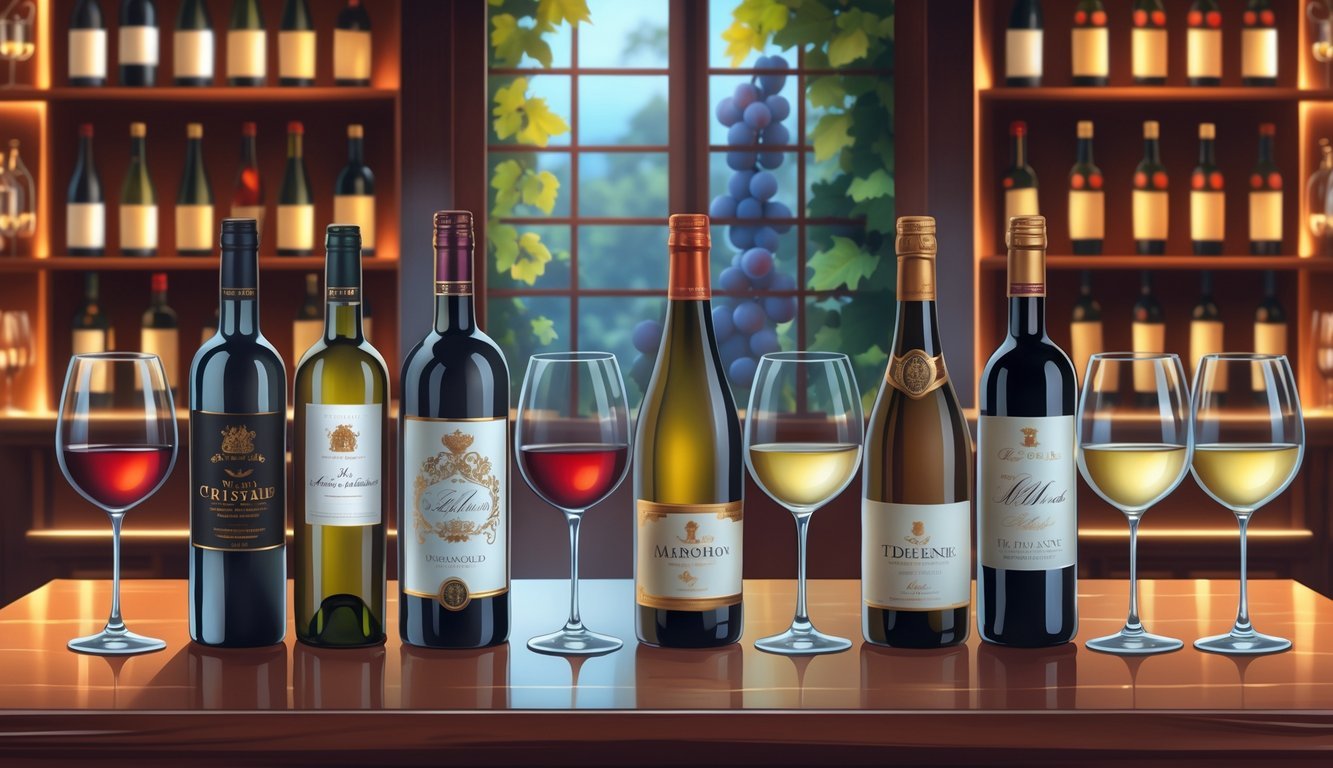PsychNewsDaily Publishers
100 Summit Drive
Burlington, MA, 01803
Telephone: (320) 349-2484
PsychNewsDaily Publishers
100 Summit Drive
Burlington, MA, 01803
Telephone: (320) 349-2484
Wines are priced based on origin, grape variety, aging process, and rarity, with high-quality wines offering distinct flavors and exceptional craftsmanship, often at a premium.

Some wines come with jaw-dropping price tags because of their origin, the grape varieties, and how long they age. People often pay for the time, effort, and rare qualities that go into making these bottles.
Famous wine regions and the specific year of the grape harvest also bump up the cost.
Sure, expensive wines can feel special, but you don’t always have to spend a fortune to enjoy something delicious. Affordable wines can surprise you with great flavors and solid quality.
With a little know-how, you can get an impressive wine experience for way less.
When you understand why some wines cost more, you start to appreciate what you’re paying for. Plus, you’ll spot cheaper options that still taste fantastic.

These wines grab attention because of the care in making them, their origins, rarity, and that unique taste you just can’t fake. Each of these factors nudges the price higher.
When you pay a lot for wine, you’re really paying for top-notch craft. Wine experts personally handle every detail, from hand-picking grapes to aging in special barrels.
This hands-on approach takes time and skill, which, let’s be honest, doesn’t come cheap.
Many expensive reds, like those made from Cabernet Sauvignon, demand careful growing and harvesting. Whites like Chardonnay also get extra attention to balance freshness with oak.
These wines can show off deep berry notes or a silky finish. You’re drinking the result of patience and expertise.
The place where a wine grows matters—a lot. Wines from big names like Napa Valley have built up a strong reputation.
The soil, weather, and climate—what wine folks call terroir—give these wines their signature traits.
If you’ve tasted a Napa Valley Cabernet, you probably noticed rich dark fruit flavors and a bold finish. The land itself shapes the grapes, creating flavors you just don’t get everywhere.
Collectors and fans hunt for bottles from these regions, which pushes demand and price even higher.
A lot of expensive wines come from super small batches. Some wineries make only a few hundred cases each year.
That kind of scarcity cranks up the value for collectors and wine lovers.
Limited production can happen because of strict grape selection, tricky weather, or just a tiny vineyard. When you get one of these bottles, you’re holding something not everyone can.
This rarity brings a kind of exclusivity that collectors and experts really appreciate.
The pricier bottles often pack unique, bold flavors that really appeal to wine fans. For reds like Cabernet, you might notice dark berries, vanilla, and spice.
These flavors blend into a long, satisfying finish that lingers.
White wines might offer crisp acidity with hints of citrus or honey. Enthusiasts love how these tastes develop thanks to the grape and the winemaker’s choices.
You’re not just sipping wine—you’re getting a full experience with every glass.

You really don’t need to spend a ton to enjoy good wine. Some budget bottles deliver great flavors without the sticker shock.
You can find solid wines for less through apps and websites, which makes it all so much easier.
If you’re looking for affordable wine, check out brands like Apothic and Josh. They often bring rich flavors that remind you of pricier bottles.
Argentinian Malbec is another winner for value.
Don’t write off boxed wine either. It’s super convenient, stays fresh longer, and honestly, some brands taste way better than you might expect.
Go for wines that focus on flavor rather than fancy packaging. You can totally enjoy tasty wine without draining your wallet.
Websites and apps like Vivino or Wine.com let you check reviews and hunt for cheap wines with high ratings. These sites often run sales or offer discounts on popular bottles.
Alcohol delivery services make shopping from your couch a breeze. You can filter by price, taste, or type, so finding the right wine for your budget gets way easier.
Don’t forget local wine shops. Sometimes they stock affordable gems you won’t see at big chain stores.

Why do some wines cost so much? It usually comes down to how they’re made, where the grapes grow, and the winemaker’s reputation.
But you can still find good bottles that fit your taste and budget if you know where to look.
You’ll notice limited supply, the wine’s age, the producer’s reputation, and critic ratings all matter. Some wines cost more because they need time aging in barrels or bottles before they’re ready.
Grape location shapes both quality and price. Famous regions with great soil and climate tend to grow better grapes, and wines from these places usually cost more since everyone wants them.
Try wines from less famous regions or up-and-coming producers. You might also pick different grape types that offer similar flavors for less money.
Lots of affordable wines still taste great.
Expensive wines usually show off more complex flavors and a better balance. They reflect their region and grape variety in a way that’s hard to fake.
Cheaper wines might taste simpler or not as refined, but they can still be enjoyable.
Brand reputation, production methods, and rarity all play a part. Some brands ask more because collectors and buyers trust their quality and exclusivity.
Look for wines with solid reviews that don’t come from those big-name regions everyone talks about.
Grab bottles from recent vintages, or check out what’s on sale—you might be surprised by what you find.
If you’re not sure where to start, just ask someone at your local wine shop. They usually know what’s good and affordable.